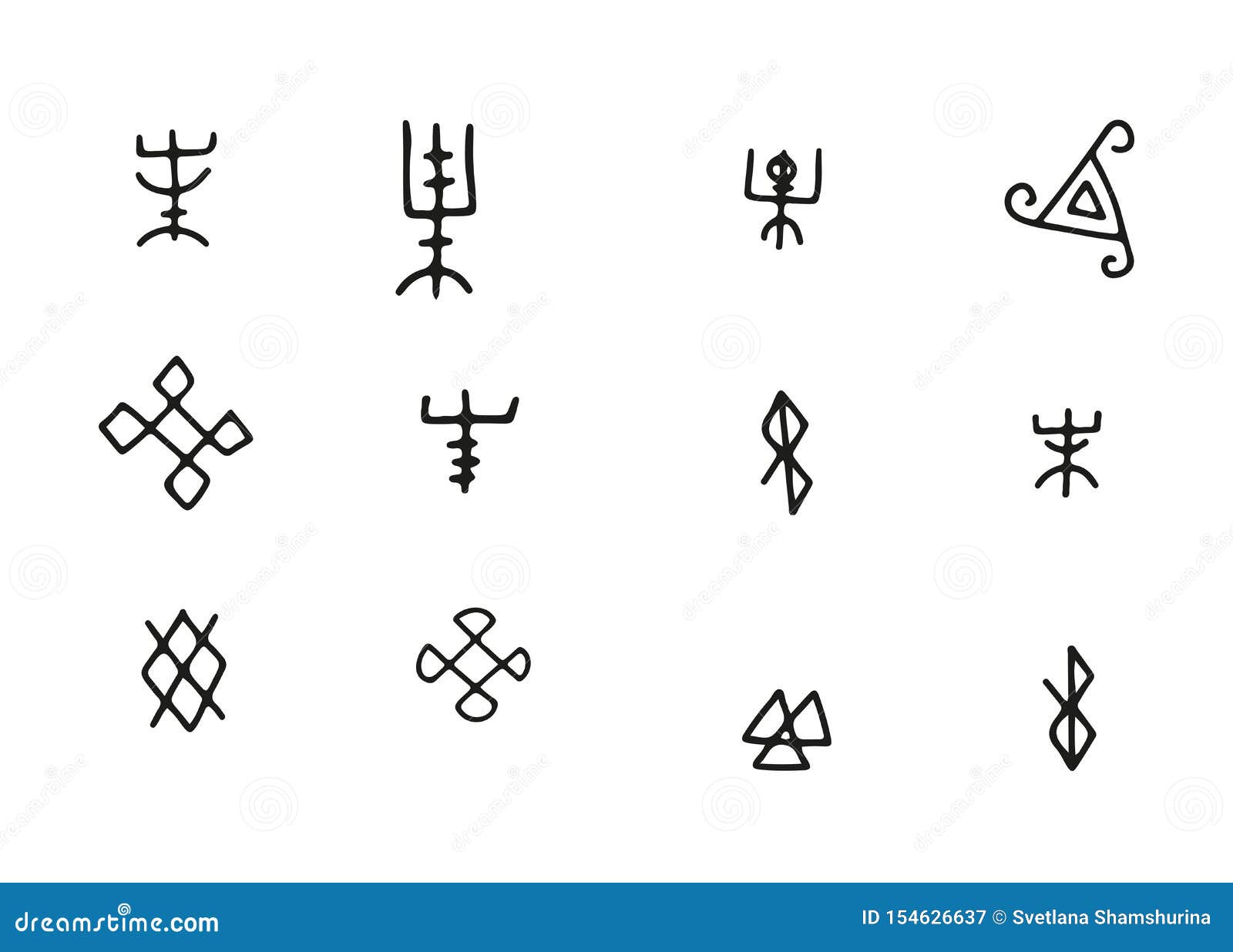
Viking runes how to#
Aegishjalmur on the VKNG Collection How to Read the Runes Many mystics have continued to adapt and refine the Armanen runic divination system over the last century or so.


His system is also based on the Younger Futhark runic alphabet used by the Vikings. Modern runic divination practices date from the 17 th century when a Swedish mystic named Johannes Bureus was inspired by visions to create a new runic divination system that marries the Younger Futhark runes with the Kabballah, a Jewish mystical tradition.īut the system used by most runic diviners today is based on the Armanen runes system, created by the Austrian occultist Guido von List at the start of the 1900s.
They would then make an interpretation based on where the runes landed.īut this is largely the limit of our confirmable knowledge. A runemaster would then ask a question and then throw at least some of these inscribed objects before him (or her – there is very good evidence that Viking women were involved in divination). It is assumed that the runes were carved onto small objects, such as sticks or bones. Our assumptions about how the Vikings divined with the runes are primarily based on observations made by the Roman historian Tacitus hundreds of years earlier about Germanic practices. While we know that the Vikings used the runes as a tool for divination, information about how exactly this was done is lost. Vegvisir on the VKNG Collection Viking Runic Divination The evolution of the practice of using runes to create magical symbols, such as Aegishjalmur (Helm of Awe) and Vegvisir (Norse Compass), has been partially preserved in the Icelandic magical grimoires. They would also inscribe runes on objects, for example, to create protective amulets or on a sword to ensure victory. The Vikings most skilled with the runes were able to use the runes to practice divination. He also showed them how they could be used to work magic. Odin, the principal Norse deity, hung himself from Yggdrasil for nine days and nine nights while pierced by his own spear in order to gain the secrets of the runes, which he then shared with mankind.īut Odin did not show men how to use the runes to write. For example, the Norns, the Norse fates, used the runes to inscribe the destinies of men into the bark of Yggdrasil, the world tree. However, some isolated Scandinavian communities continued to use the runes until the early 20 th century.īut the Vikings believed that the runes were more than just a system of writing, they believed that they were a sacred script that could be used to shape the world. The runes became less popular with the adoption of Christianity, which brought with it Church Latin and the Latin alphabet. Though, interestingly, at the same time, the Anglo-Saxons and the Frisians expanded the same runic alphabet to create Anglo-Saxon Futhorc. From about the 2 nd to the 8 th centuries they used Elder Futhark, a 24-character runic alphabet.īut over time the alphabet was simplified, as is common in many languages, and from the 8 th century onwards they used the 16-character Younger Futhark alphabet. The Vikings used a runic alphabet as their form of writing. But let’s also look at modern runic divination and take a quick look at how to use the Norse runes for divination.

Let’s take a look at the Norse runes and what we know about old Viking runic divination practices. As well as being a system of writing that reveals fascinating snippets about the lives of the Vikings, the Vikings believed that the Norse runes also had magical properties, exploited by Viking runemasters, and also used by modern diviners. The Viking runes are a fascinating topic for historians and mystics alike.


 0 kommentar(er)
0 kommentar(er)
